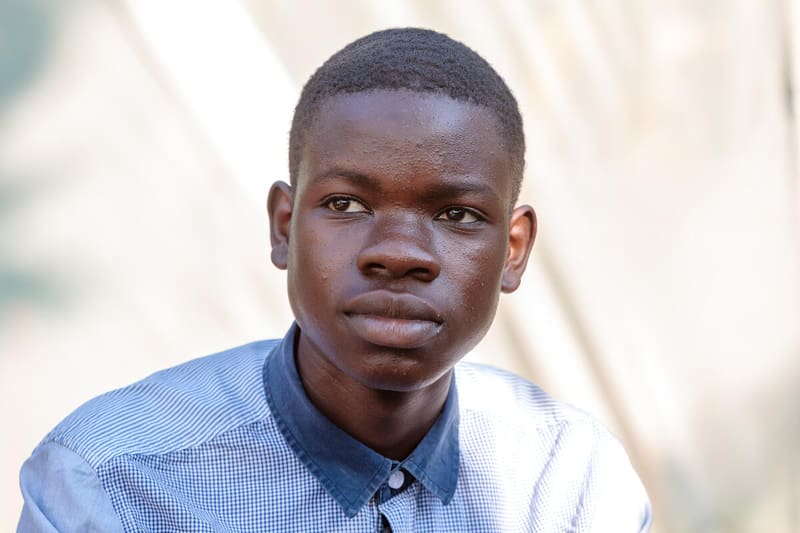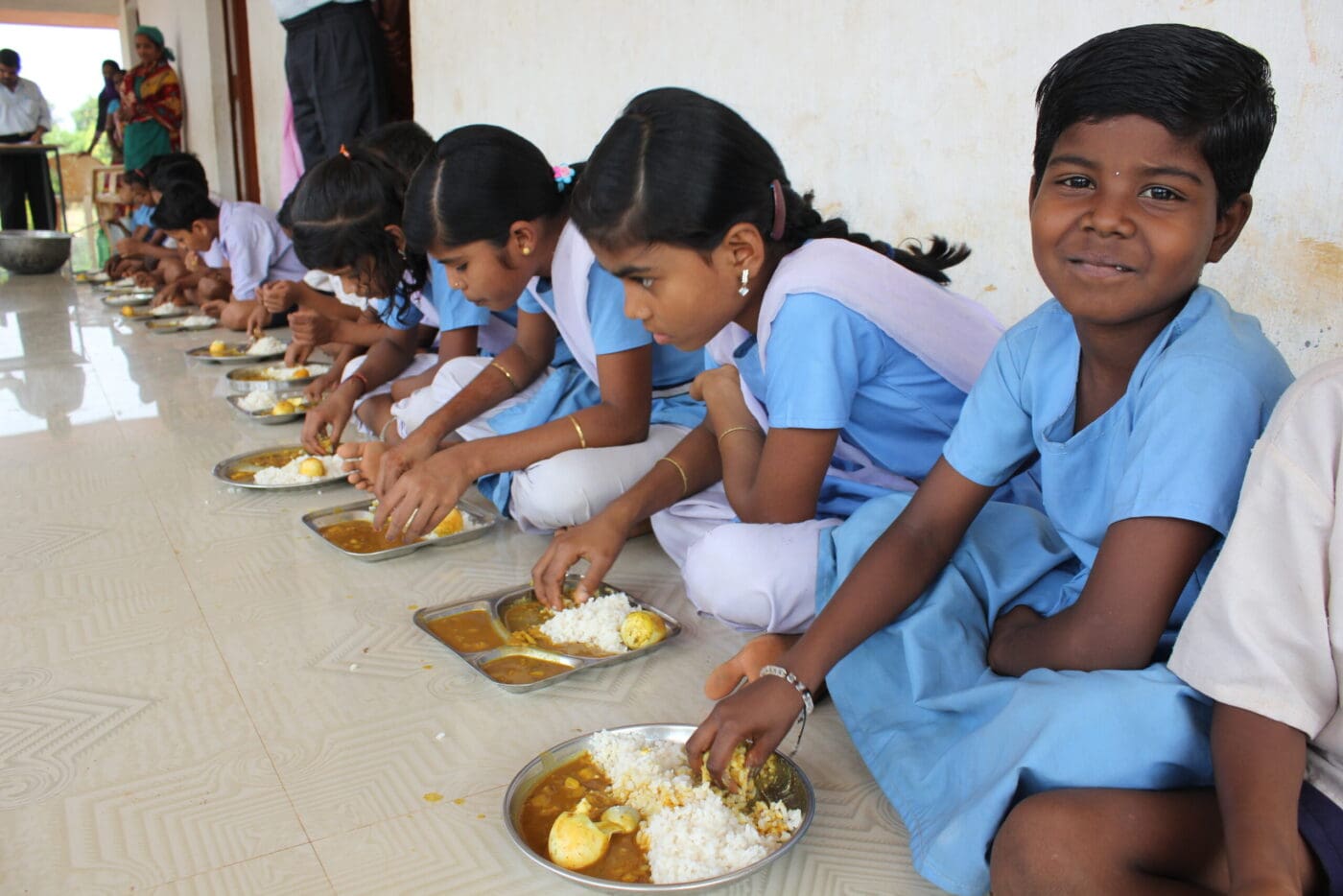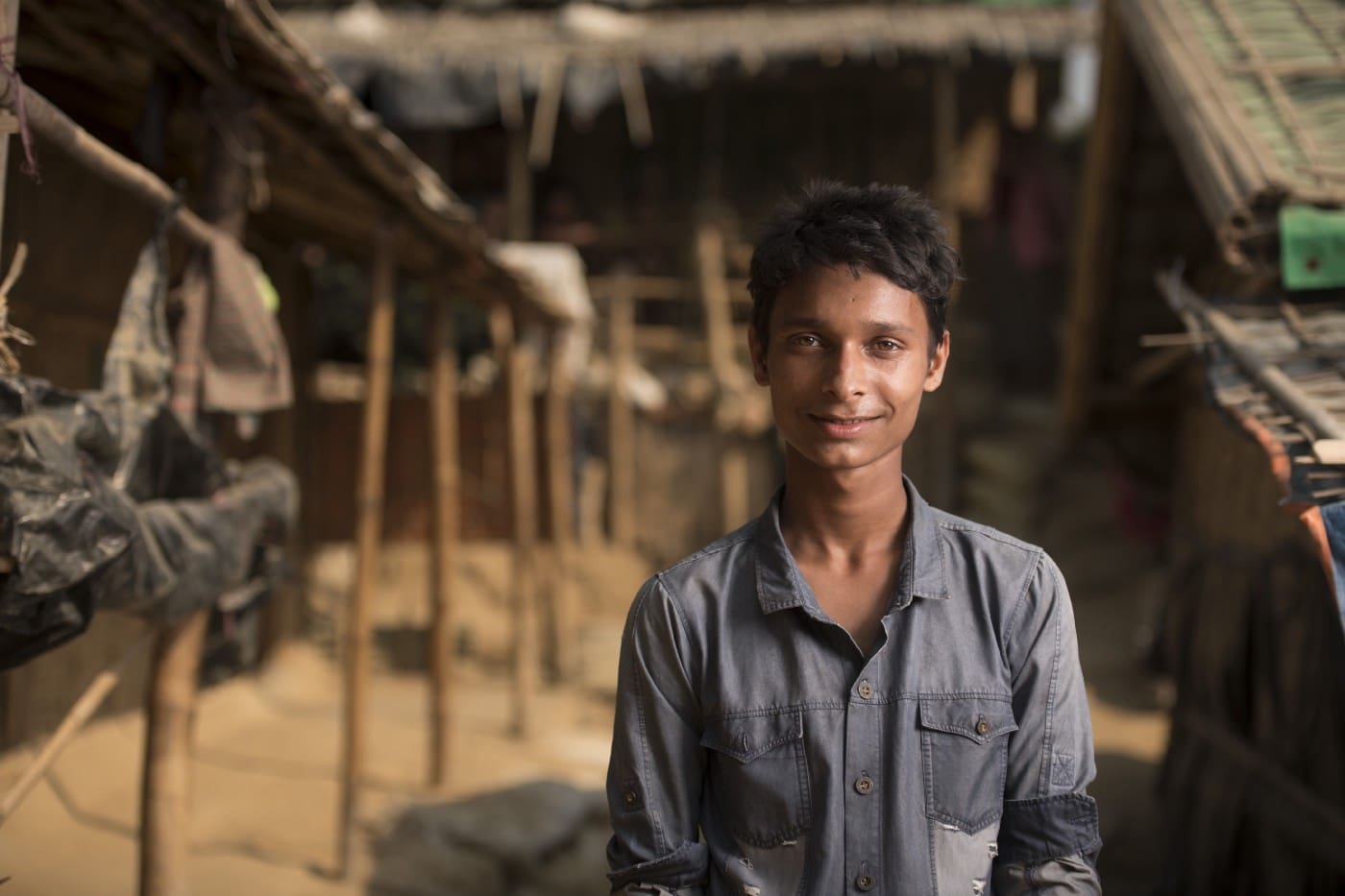How You Can Teach Students About World Hunger: Lesson Plans for the Classroom

Over half of the people the United Nations World Food Programme (WFP) serves are children. Through programs including First 1,000 Days and school meals, the U.N. World Food Programme supports young girls and boys facing hunger in over 120 countries and territories.
Global hunger is a complex and sometimes overwhelming problem. But, there are some easy ways teachers can help students understand it and become empathetic humanitarians.
Here are a few key resources to introduce into your classrooms and help raise the next generation of hunger-fighting champions:
- Discussion Questions
- Key Facts
- Personal Stories
- Online Quiz
- Animated Video
- Action Steps
Discussion Questions About Global Hunger
These prompts and follow-up questions can help students explore the issue of hunger and dive deeper into each topic.
Keep in mind that some of these questions may touch on sensitive topics: While some students have no firsthand experience of hunger, others may have faced food insecurity in the past or on a regular basis.
1. What Is Hunger?
Have you ever been extremely hungry? What’s the difference between being hungry for lunch and being hungry when you don’t have enough food to eat every day? How hungry does someone need to be to require help?
2. How Does Hunger Affect People?
What happens to people physically, mentally and emotionally after a long period of hunger? How does prolonged and extreme hunger affect other areas of their lives, such as school or work? How would it feel never knowing where your next meal is going to come from?
3. How Many People in the World Suffer From Hunger?
What countries do you think are affected most by hunger? What groups of people do you think are most likely to face hunger?
4. What Causes Global Hunger?
Why are there hungry people around the world? Is there a food shortage? Do some countries have too much food? Is climate change connected to people being hungry?
5. What Will it Take to End World Hunger?
What needs to be done to end hunger? Who has the power to do it?
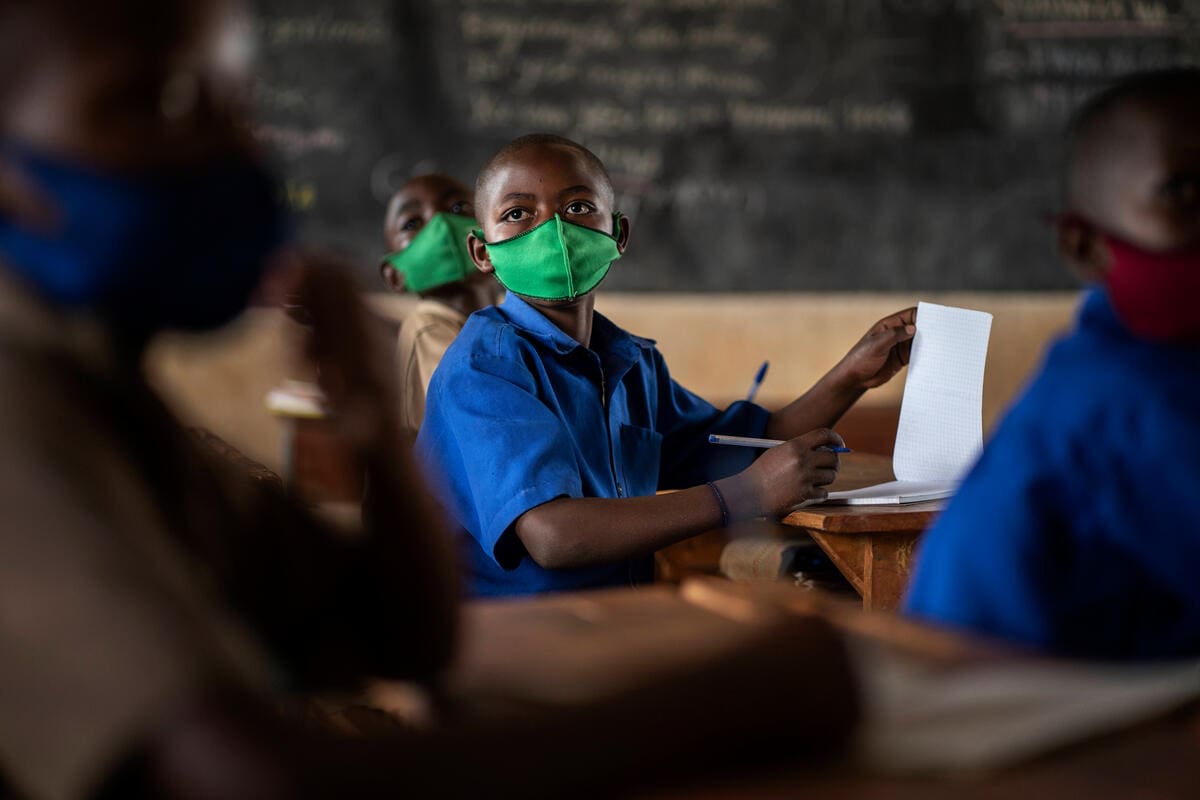
Key Facts About World Hunger
Here are a few key pieces of information to share with students about global hunger and nutrition:
- Today, over 10% of the world’s population does not have enough to eat.
- Conflict is the #1 cause of hunger.
- Over 65% of the world’s hungriest people live in just ten countries – all facing war, violence and persecution. That’s why nearly 80% percent of the United Nations World Food Programme (WFP)’s budget is spent on conflict-affected countries.
- More than 80% of the world’s hungriest people live in natural-disaster-prone countries with high levels of environmental degradation.
- In a 4°C warmer world, 1.8 billion could be pushed into hunger.
- Globally, a child dies approximately every 10 seconds from malnutrition. That’s a tragic reality for more than 3 million children every year.
- World hunger isn’t about a lack of food. Right now, the world produces enough food to nourish every man, woman and child on the planet. But nearly one-third of all food produced each year is squandered or spoiled before it can be consumed.
- Since the outbreak of the COVID-19 pandemic in 2020, the number of people facing hunger has increased by about 150 million.
- Malnourishment doesn’t just mean a lack of food, it also includes those who suffer from obesity. Today, while there are 828 million hungry people, there are also more than 1 billion overweight children and adults.
- In countries facing conflict and hunger, women often eat last and least. In fact, in nearly two-thirds of countries, women are more likely than men to report hunger.

Personal Stories Through the Eyes of the Hungry
It’s important to remember that there are faces and personal stories behind these hunger facts and numbers. We’ve picked out a few stories that will help your students connect to – and build empathy for – those living through hunger around the world.
You can read these stories aloud in the classroom or assign students to read alone or in groups.
Meet Daniel, the Student Who Created a Greenhouse
At just 16, Daniel is paving the way for sustainable, innovative solutions to food insecurity in Zambia.
Meet Rani, a Girl Who Dreams of Becoming a Doctor
7-year-old Rani lives in India. She’s spunky, dedicated to her schoolwork and ready to take on the world. Our school meals help keep her nourished in the face of poverty.
Meet Sawyeddollah, the Teenager Who Became a Refugee
Sawyeddollah is a U.N. World Food Programme (WFP) Storyteller, which means you can check out his own photos and videos and learn about his life in the camp.
Additional Hunger Resources
1. Take the Hunger Quiz
What’s your hunger I.Q.? Have your students go online to find out just how much they know about hunger with this quick quiz.
2. Video Resource
Here’s a quick video to help encourage your students to explore the causes of hunger. It’s also a great introduction to how each and every one of us is key to ending world hunger.
Learn More About the Causes of Hunger
The drivers of hunger might not be what your students expect. Have them click these links to explore what causes hunger.
1.Conflict
War forces families from their homes, destroys economies, ruins infrastructure and makes food nearly impossible to find or afford. It’s the biggest cause of hunger and one that’s totally man-made.
2.Climate Change
Increasingly extreme – and dangerous – weather is all around us. Severe weather like floods, droughts and hurricanes destroys crops, livestock and ecosystems.
3.Gender Inequality
Women and girls face a range of obstacles in trying to feed themselves and their families. They face discrimination, earn less than men for the same work, and usually eat last – and least.
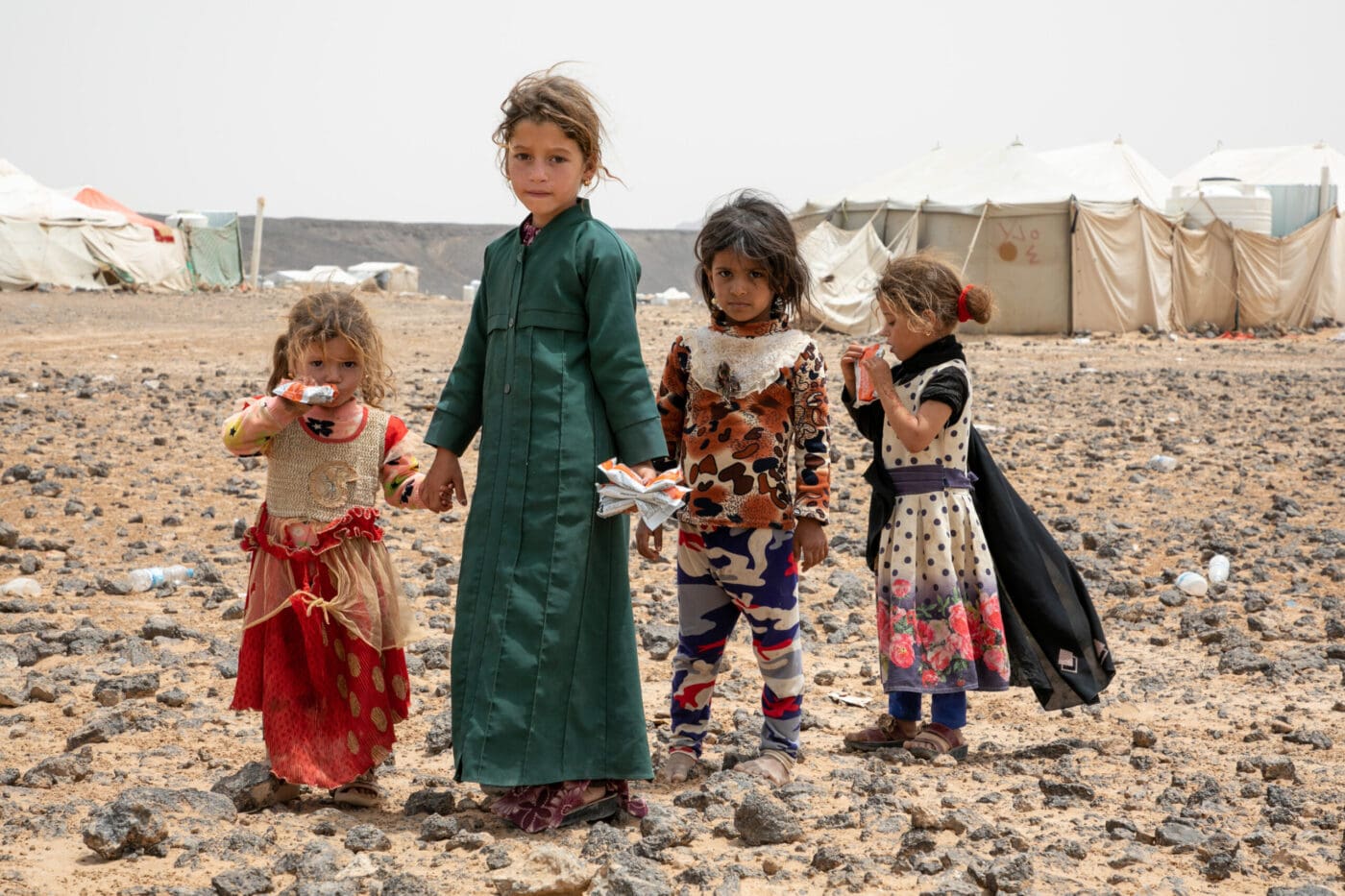
4.Food Waste
Global hunger isn’t about a lack of food. The world produces enough food to nourish every man, woman and child on the planet. But nearly $1 trillion dollars’ worth of all food produced each year is squandered or spoiled.
5. Coronavirus
The novel coronavirus triggered not only a health pandemic but a hunger pandemic too. From disrupted food supply chains to economic upheaval and school closures, COVID-19 is pushing millions more into hunger.
How Students Can Help End World Hunger
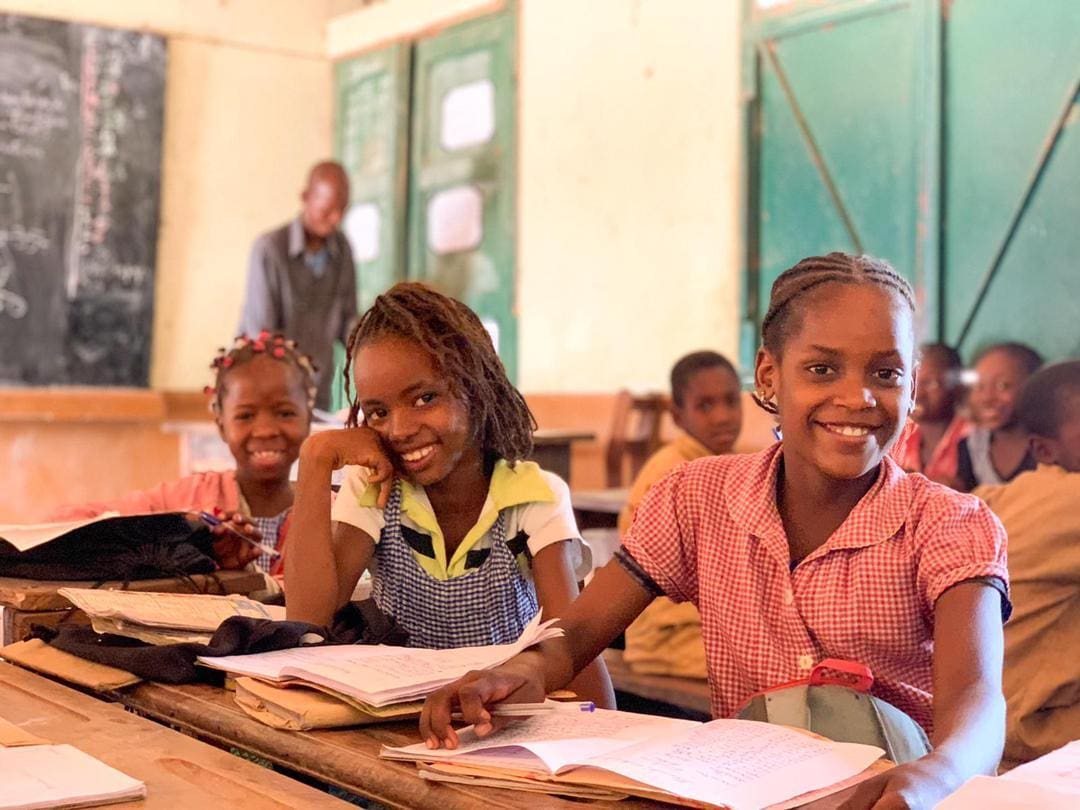
Feel helpless about the scale of global hunger? Don’t. The power to solve world hunger is in our hands – and our phones. Have your students check out these easy ways to join the fight.
1. Flex Your Influence on Social Media
Use your social media channels for good by becoming a Zero Hunger Champion! This group of dedicated champions inspires others to help provide lifesaving food to families in their darkest hour of need.
Retweet, post and share to spread the word about our hunger fighting efforts.
2. Write to Congress
Go directly to the source of power: Send this quick letter to your representative asking them to be part of the solution and support the work of World Food Program USA. You can even personalize it with your own thoughts.
3. Play Freerice
Fight hunger by playing a game! This is an easy one: visit www.freerice.com and start answering trivia questions. For every question you get right, sponsors donate the cash equivalent of 10 grains of rice – filling empty plates around the world…for free!
4. SharetheMeal App
Check out the world’s first app against global hunger. Your gifts through the app – from the smallest to the largest – will help feed kids and families around the world for as little as 80 cents. After making a gift, see what a meal looks like nine countries around the world.
We’re grateful for educators like you around the world
As educators, you’ve got the future in your hands. Thank you for your dedication to sharing these resources with your students and helping the U.N. World Food Programme fight hunger.
If you have any questions, please don’t hesitate to send us a note.
